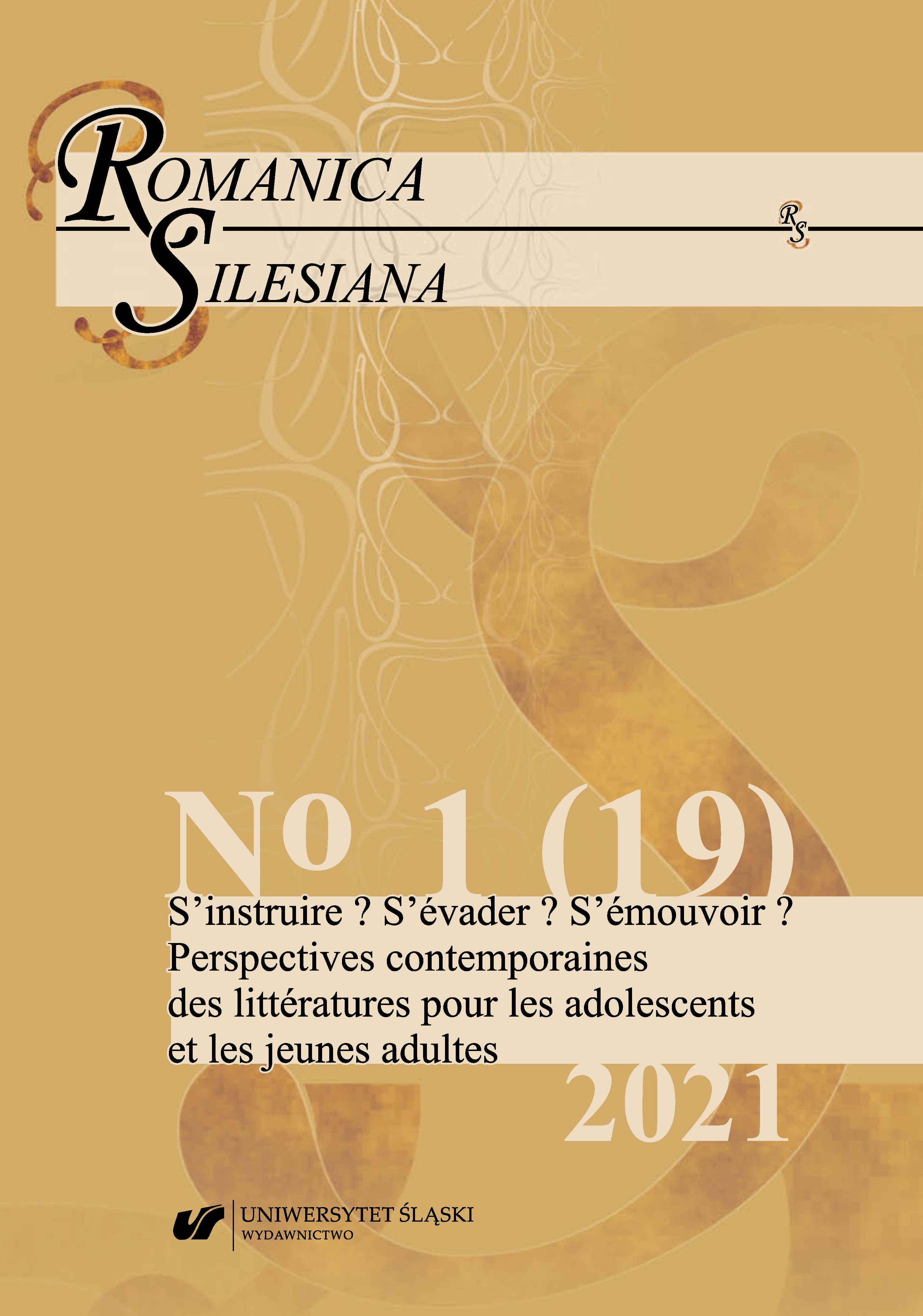Bettelheim, Bruno, 1991: The Uses of Enchantment: The Meaning and Importance of Fairy Tales. London: Penguin Books Ltd.
Google Scholar
Blackford, Holly Virginia, 2012: The Myth of Persephone in Girls’ Fantasy Literature. New York: Routledge.
Google Scholar
Carroll, Lewis, 2001: Alice’s Adventures in Wonderland & Through the Looking-Glass. Hertfordshire: Wordsworth Editions Limited.
Google Scholar
Coats, Karen, 2009: “Between Horror, Humour, and Hope: Neil Gaiman and the Psychic Work of the Gothic”. In: The Gothic in Children’s Literature: Haunting the Borders. Ed. Anna Jackson, Karen Coats, and Roderick McGILLIS. New York: Routledge, 77–92.
Google Scholar
Coats, Karen, 2018: The Bloomsbury Introduction to Children’s and Young Adult Literature. London: Bloomsbury Publishing Plc.
Google Scholar
Gaiman, Neil, 2013: Caroline. London: Bloomsbury Publishing Plc.
Google Scholar
Gilman, Greer, 2015: “The Languages of the Fantastic”. In: The Cambridge Companion to Fantasy Literature. Ed. Edward James and Farah Mendlesohn. Cambridge: Cambridge University Press, 134–146.
Google Scholar
Gilmore, David D., 2003: Monsters: Evil Beings, Mythical Beasts, and All Manner of Imaginary Terrors. Philadelphia: University of Pennsylvania Press.
Google Scholar
Grenby, Matthew O., 2008: Children’s Literature. Edinburgh: Edinburgh University Press Ltd.
Google Scholar
Griswold, Jerome, 2006: Feeling Like a Kid: Childhood and Children’s Literature. Baltimore: Johns Hopkins University Press.
Google Scholar
Hourihan, Margery, 1997: Deconstructing the Hero: Literary Theory and Children’s Literature. New York: Routledge.
Google Scholar
Howarth, Michael, 2014: Under the Bed, Creeping: Psychoanalyzing the Gothic in Children’s Literature. North Carolina: McFarland & Company, Inc.
Google Scholar
James, Edward, 2012: “Tolkien, Lewis and the Explosion of Genre Fantasy”. In: The Cambridge Companion to Fantasy Fiction. Ed. Edward James and Farah Mendlesohn. Cambridge: Cambridge University Press, 62–78.
Google Scholar
Keeling, Kara K. and Scott Pollard, 2012: “The Key Is in the Mouth: Food and Orality in Coraline”. Children’s Literature, vol. 40, 1–27.
Google Scholar
Lee, Derek, 2016: “The Politics of Fairyland: Neil Gaiman and the Enchantments of Anti-Bildungsroman”. Critique: Studies in Contemporary Fiction, vol. 57, no. 5, 552–564.
Google Scholar
Le Guin, Ursula K., 1975: “The Child and the Shadow”. The Quarterly Journal of the Library of Congress, vol. 32, no. 2, 139–148.
Google Scholar
Le Guin, Ursula K., 1989: “From Elfland to Poughkeepsie”. In: Idem: The Language of the Night: Essays on Fantasy and Science Fiction. London: The Women’s Press Ltd., 70–82.
Google Scholar
Le Guin, Ursula K., 2004: The Wave in the Mind: Talks and Essays on the Writer the Reader, and the Imagination. Boulder: Shambhala Publication, Inc.
Google Scholar
Mathews, Richard, 2002: Fantasy: The Liberation of Imagination. New York: Routledge.
Google Scholar
Nikolajeva, Maria, 2005: Aesthetic Approaches to Children’s Literature: An Introduction. Maryland: Scarecrow Press, Inc.
Google Scholar
Pullman, Philip, 2017: “Heinrich von Kleist: On the Marionette Theatre: Grace Lost and Regained”. In: Daemon Voices: Essays on Storytelling. Ed. Simon Mason. Oxford: David Fickling Books, 45–52.
Google Scholar
Rudd, David, 2008: “An Eye for an I: Neil Gaiman’s Coraline and Questions of Identity”. Children’s Literature in Education, vol. 39, 159–168.
Google Scholar
Webb, Caroline, 2015: Fantasy and the Real World in British Children’s Literature: The Power of Story. New York: Routledge.
Google Scholar


 https://doi.org/10.31261/RS.2021.19.10
https://doi.org/10.31261/RS.2021.19.10
